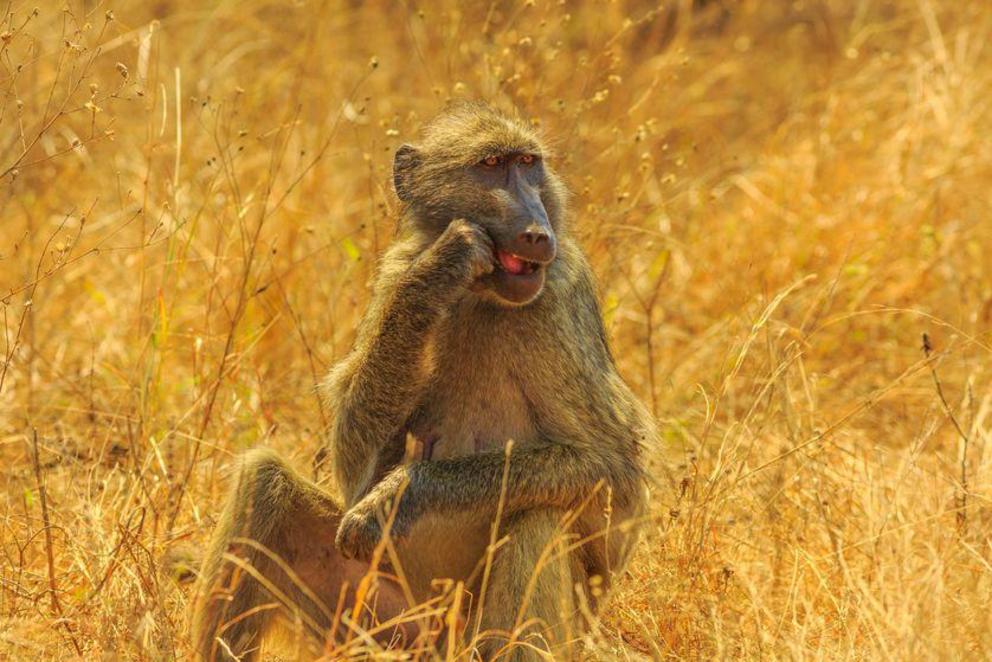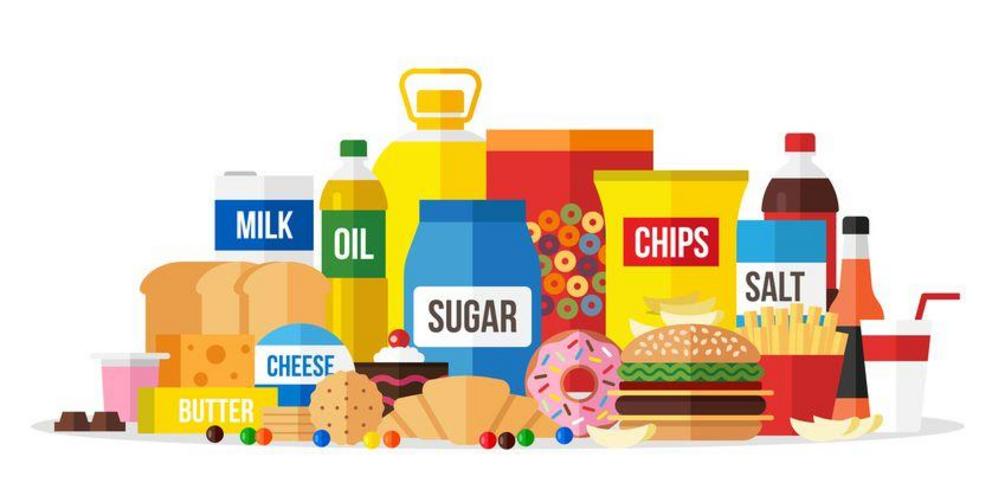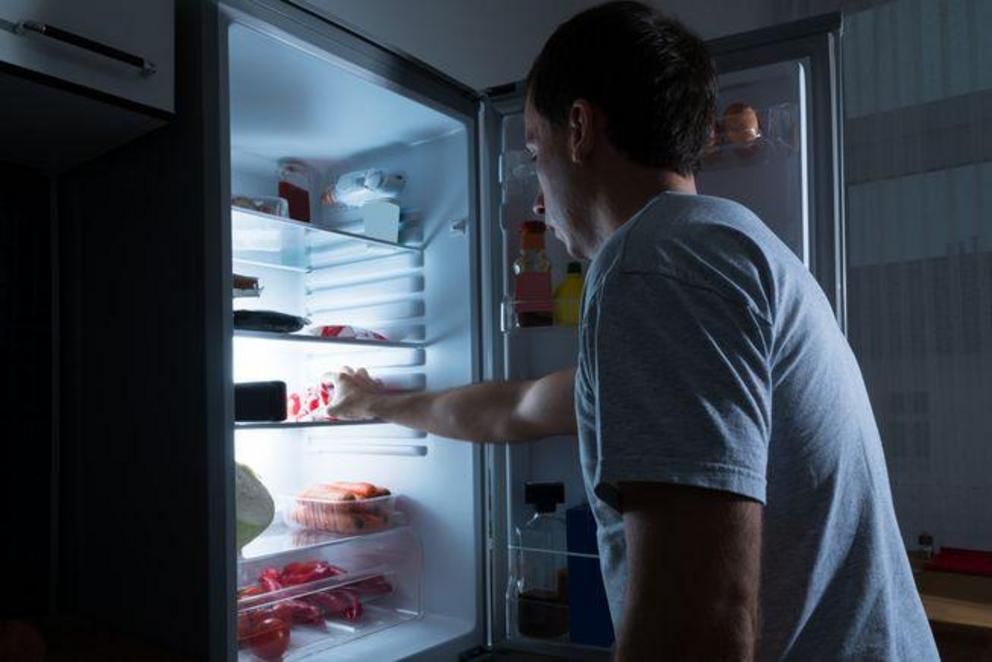Did you know you have five different appetites?
And what you eat can send this fine-tuned system into disarray.
Your appetite is a lot more complicated than you thought.
When you're hungry, what do you eat? Do you reach for fresh fruits and vegetables or grab chips or ice cream? There's likely no consistent answer. After all, appetite is complicated.
In studying how animals eat, researchers learned about the human diet in the process. They found that humans have five distinct appetites that work together to make sure we get the proper amount of nutrients our bodies need to work efficiently.
"It is a mistake to think of appetite as a single, powerful drive to eat," researchers David Raubenheimer and Stephen Simpson write in New Scientist. "We need separate appetites to keep track of various nutrients, and hence to construct a balanced diet."
The five appetites are for protein, carbs, fats, sodium, and calcium.
"Those five have been singled out by evolution for good reasons," they write. "One is that there is a limit to how complex biological systems can get and still operate efficiently. We couldn't have specific appetites for dozens of nutrients. Another is that these nutrients are needed in very specific quantities. Third, some components, like sodium, were often rare in our ancestral environments and we needed dedicated machinery to seek them out, for example in mineral deposits."
Raubenheimer and Simpson discuss the five appetites and what else they learned by studying how nature solves this problem in their new book, "Eat Like the Animals: What Nature Teaches Us About the Science of Healthy Eating."
Watching Stella — and locusts — eat
 Researchers followed a Cape baboon like this one and recorded everything she ate for 30 days.
Researchers followed a Cape baboon like this one and recorded everything she ate for 30 days.
Raubenheimer and Simpson didn't start their appetite studies working with humans. It all began with locusts.
As researchers at the University of Oxford in the 1990s, they started their appetite experiment by putting 200 locusts in individual boxes. They created 25 foods that were a combination of protein and carbohydrates at different concentrations. Some were a mix of high protein and high carbs. Others were low protein and high carbs. And there was every other combination of the two nutrients, which are the main ingredients in a locust's diet.
Each locust was fed just one of the food combos until they reached maturity. They were allowed to eat as much as they wanted. Researchers recorded how much they ate, as well as how much weight they gained, and how much fat and lean tissue they added. Using all this information, they were able to determine the balance of protein and carbs that best allowed the locusts to thrive.
The researchers found that although the locusts were on a limited diet, they tended to eat the ideal amount of protein. For those that were on a low-protein diet, they overate carbs to get the protein they needed. For those that were on the high-protein diet, they ate too few carbs to keep their protein levels at the correct amount.
In a second experiment, locusts were given access to two different foods with varying combinations of protein and carbs. Again, they ate just the right amount to get the ideal balance of protein and carbs.
"This demonstrated that when locusts have a wide choice of foods, their two appetites collaborate so they consume an optimal diet. But when they are given imbalanced foods, as in our first experiment, the appetites for protein and carbohydrate compete, and protein wins," the researchers write. "That suggested that, more so than carbohydrate, protein has to be carefully calibrated in the diet."
Moving up from locusts, the researchers followed a female Cape baboon in the Cape Peninsula of South Africa for 30 days. Dubbing her Stella, they watched exactly what and how much she ate all day. She ate dozens of different foods including leaves, mushrooms, nuts, seeds, fruits, and flowers. Although the types and amounts of foods varied each day, Stella had a "strikingly consistent balance of protein to non-protein," the researchers wrote in their study, published in the journal PLOS One.
The 5 appetites of humans
 Having five distinct appetites works seamlessly in the natural world, but a glut of ultra-processed foods in real life leads to obesity.
Having five distinct appetites works seamlessly in the natural world, but a glut of ultra-processed foods in real life leads to obesity.
Researchers replicated their locust work in a way with humans. They had a volunteer group of 10 people stay in a Swiss chalet for a week. For two days, they ate whatever they wanted from a buffet. Then they were broken into two groups for two days. One group ate from a high-protein buffet, while the other chose from a low-protein, high-carb, high-fat buffet. On the last two days, they ate from the original all-encompassing buffet.
The human volunteers responded like locusts, the researchers said. Those on the low-protein diet ate more calories and carbs to get the protein they needed. Those on high-protein diets consumed fewer calories. The results are published in the journal Appetite.
This five-appetite system works seamlessly in the natural world. But in our modern lives, filled with ultra-processed products like cookies and cereal, pizza and ice cream, the system struggles and can't work as it should. More than half of the typical diet in the U.S. and U.K. is made of ultra-processed foods, the researchers write.
"The thing about ultra-processed foods is that they tend to be low in protein — which is expensive — and high in cheap carbs and fats. It is these foods that have largely been responsible for the dilution of protein in Western diets since the 1960s. And the more ultra-processed foods people eat, the more calories they need to consume to get the target intake of protein, with disastrous consequences," say Raubenheimer and Simpson.
"Ultra-processed foods make us fat, but not because we have strong appetites for the fats and carbs they contain, as is often thought to be the case. Rather, it is because our appetite for protein is stronger than our ability to limit fat and carb intake. So, when protein is diluted by fats and carbs, our appetite for it overwhelms the mechanisms that normally tell us to stop eating fats and carbs."

